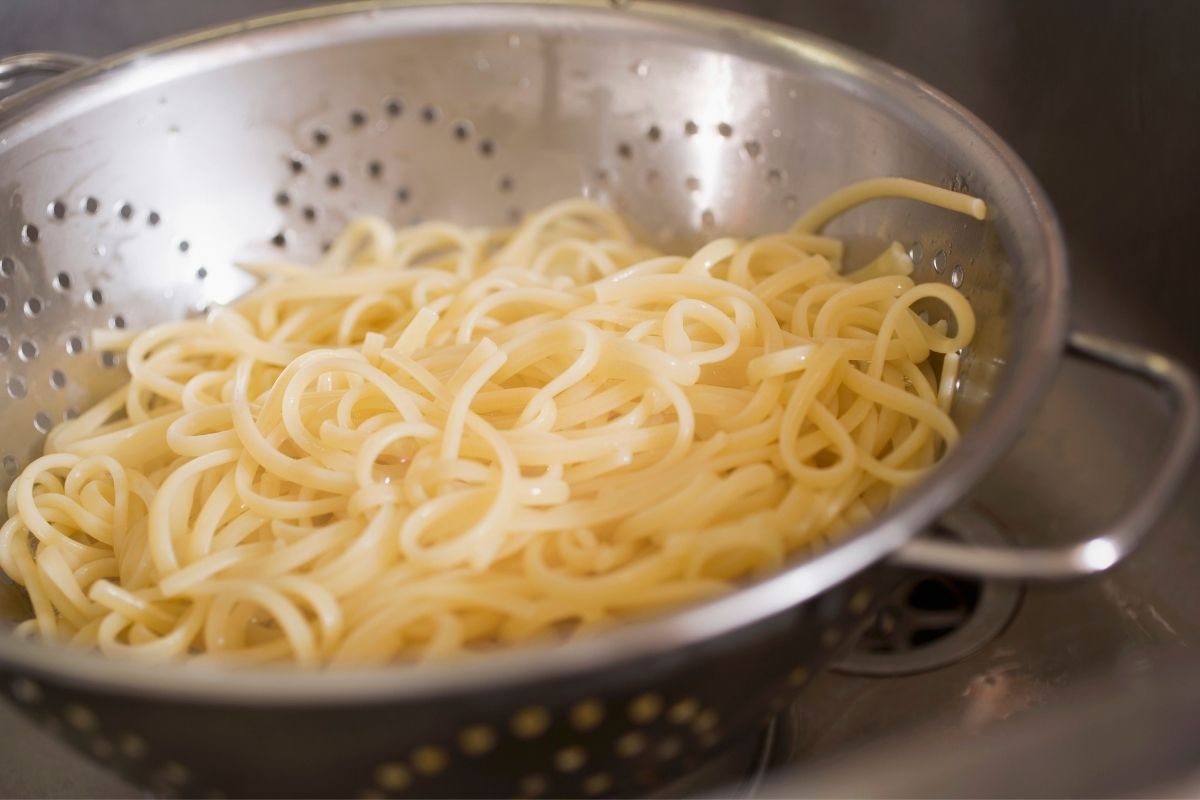

Articles
How To Cook Pasta In A Steamer
Modified: May 6, 2024
Discover easy and delicious ways to cook pasta using a steamer. Read our articles for step-by-step instructions, tips, and mouthwatering recipes.
(Many of the links in this article redirect to a specific reviewed product. Your purchase of these products through affiliate links helps to generate commission for Storables.com, at no extra cost. Learn more)
Introduction
Welcome to the world of innovative cooking techniques! While boiling pasta on the stovetop is the traditional method, have you ever considered steaming it instead? Yes, you heard it right, you can cook pasta in a steamer! Steaming pasta offers numerous benefits and can be a game-changer in your culinary adventures.
In this article, we will explore the art of cooking pasta in a steamer, including its many benefits, the types of pasta suitable for steaming, how to prepare the steamer, the cooking process, and finally, how to season and serve the perfectly steamed pasta.
So, let’s dive into this exciting alternative cooking method and discover how to achieve delicious and tender pasta using a steamer.
Key Takeaways:
- Steaming pasta offers enhanced nutrition, improved texture, and time-saving benefits. Choose the right pasta, prepare the steamer, and get creative with seasonings for a delightful culinary experience.
- Experiment with flavors, use high-quality ingredients, and follow essential tips for perfectly steamed pasta every time. Embrace this innovative cooking technique and elevate your pasta game!
Read more: How To Cook Pasta In Electric Skillet
Benefits of Cooking Pasta in a Steamer
Steaming pasta has several advantages over traditional boiling. Here are some of the benefits you can enjoy when you cook pasta in a steamer:
- Enhanced Nutritional Value: When you boil pasta in a large volume of water, some of the nutrients leach out into the water. Steaming pasta allows it to retain more of its nutrients, resulting in a healthier meal.
- Improved Texture: Steaming pasta helps to maintain its structure and texture better than boiling. The gentle heat from the steam cooks the pasta evenly, resulting in perfectly al dente noodles with a slightly firmer bite.
- Save Time and Energy: Steaming pasta is a quicker process compared to boiling. You don’t need to wait for a large pot of water to boil, reducing the overall cooking time. Additionally, steaming requires less energy, making it more environmentally friendly.
- No Sticky Residue: When you boil pasta, the starch released during cooking can leave a sticky residue, making it more challenging to coat the noodles with sauce. Steaming pasta keeps it from coming into direct contact with water, resulting in less stickiness.
- Less Clumping: Sometimes, when boiling pasta, it tends to clump together. Steaming eliminates this issue as the steam circulates around the noodles, preventing them from sticking to each other.
- Versatile Cooking: Steaming opens up more possibilities for flavor infusion. You can add herbs, spices, or other seasonings directly to the steaming liquid, allowing the pasta to absorb the flavors while cooking.
Now that you are aware of the many benefits of steaming pasta, it’s time to learn about the types of pasta that are best suited for this cooking method.
Choosing the Right Pasta for Steaming
Not all types of pasta are suitable for steaming. It’s essential to choose the right shape and thickness to ensure that the pasta cooks evenly and maintains its texture. Here are some pasta options that work well for steaming:
- Long and Thin Pasta: Spaghetti, linguine, and fettuccine are great choices for steaming. Their long and thin shapes allow steam to penetrate easily, resulting in evenly cooked noodles.
- Ribbon-like Pasta: Ribbons such as tagliatelle, pappardelle, and lasagna sheets are also suitable for steaming. They are thicker than other pasta shapes, ensuring they hold up well during the steaming process.
- Tubular Pasta: Tubular pasta like penne, rigatoni, and macaroni can be steamed successfully. The hollow centers of these shapes allow steam to circulate inside, cooking the pasta evenly.
- Small Pasta: Smaller pasta shapes like fusilli, farfalle, and orecchiette work well for steaming. They cook quickly and evenly due to their small size.
- Dried Pasta: Opt for dried pasta instead of fresh pasta when steaming. Fresh pasta tends to be more delicate and may break apart during the steaming process.
It’s important to note: delicate pasta shapes such as angel hair or ravioli are not recommended for steaming. These types of pasta are better suited for boiling or other cooking methods.
Now that you know which pasta to choose, let’s move on to preparing the steamer for cooking.
Preparing the Steamer
Before you begin cooking pasta in a steamer, it’s crucial to prepare the steamer properly. Here’s how you can get your steamer ready:
- Choose the Right Steamer: There are various types of steamers available, including bamboo steamers, stainless steel steamers, and electric steamers. Choose a steamer that suits your needs and ensure it is clean and in good condition.
- Add Water: Fill the base of the steamer with water, following the manufacturer’s instructions. Make sure not to overfill it, as the water shouldn’t come into contact with the bottom of the steamer baskets.
- Line the Steamer Baskets: Line the steamer baskets with parchment paper or steamer liners. This will prevent the pasta from sticking to the basket, making it easier to remove once cooked.
- Preheat the Steamer: Place the steamer over high heat and bring the water to a boil. Allow it to boil for a few minutes to create a consistent flow of steam.
- Arrange the Pasta: Once the steamer is preheated, arrange the pasta in a single layer on the lined steamer baskets. Be sure not to overcrowd the baskets, as this can lead to uneven cooking.
Once the steamer is properly prepared, you’re ready to cook the pasta using this unique method. In the next section, we’ll go through the cooking process step by step.
When cooking pasta in a steamer, make sure to use a large enough steamer basket to allow the pasta to cook evenly without overcrowding. Also, stir the pasta occasionally to prevent sticking.
Cooking the Pasta in the Steamer
Now comes the exciting part – cooking the pasta in the steamer! Follow these steps to ensure perfectly steamed pasta:
- Place the Baskets in the Steamer: Carefully place the filled steamer baskets into the preheated steamer. Make sure there is enough space between the baskets for the steam to circulate around the pasta.
- Cover the Steamer: Securely cover the steamer with the lid to trap the steam inside. This will help cook the pasta quickly and evenly.
- Set the Timer: Set a timer according to the cooking time specified on the pasta package. Steaming times may vary depending on the type and thickness of the pasta, so it’s essential to follow the instructions for the specific pasta you’re cooking.
- Steam the Pasta: Allow the pasta to steam for the recommended cooking time. Avoid opening the steamer too often during cooking, as this can release the steam and prolong the cooking process.
- Test for Doneness: To check if the pasta is cooked to your desired level of tenderness, remove a strand from the steamer using tongs or a fork and taste it. If it’s still too firm, return it to the steamer and continue steaming for a few more minutes.
- Drain and Rinse (optional): Once the pasta is cooked to perfection, remove the steamer baskets from the steamer and carefully drain any water that may have accumulated in the bottom of the baskets. You can also give the pasta a quick rinse with cold water to stop the cooking process and prevent it from becoming mushy.
That’s it! Your pasta is now beautifully steamed and ready to be seasoned and served. So, let’s move on to the next section to discover how to add those final touches to your dish.
Read more: How To Store Leftover Pasta With Sauce
Seasoning and Serving the Steamed Pasta
Now that you have perfectly steamed pasta, it’s time to enhance its flavor with delicious seasonings and serve it up in an enticing way. Here’s how to bring your steamed pasta to life:
- Add Sauce: Toss the steamed pasta with your favorite sauce. Whether it’s a simple marinara, creamy Alfredo, or a zesty pesto, the steamed pasta will absorb the flavors beautifully.
- Incorporate Fresh Herbs and Spices: Sprinkle some fresh herbs, such as basil, parsley, or oregano, over the pasta to give it a burst of freshness. You can also add spices like crushed red pepper flakes or garlic powder for extra flavor.
- Drizzle with Olive Oil: A drizzle of high-quality olive oil can add richness and depth to the steamed pasta. Consider using flavored oils like garlic-infused or chili-infused for an extra kick.
- Add Vegetables: Amp up the nutritional value and visual appeal of your dish by adding steamed vegetables like broccoli, bell peppers, or asparagus. They will complement the pasta perfectly.
- Enhance with Cheese: Grate or sprinkle some cheese over the steamed pasta to add a creamy and indulgent touch. Parmesan, mozzarella, or feta are excellent choices.
- Garnish Creatively: Finish off your dish with a creative garnish, such as a sprinkle of chopped nuts, a drizzle of balsamic glaze, or some fresh lemon zest. This will add texture and intrigue to your steamed pasta.
Once you have seasoned your steamed pasta to your liking, it’s time to serve it up and enjoy the fruits of your labor. Transfer the pasta to a serving dish and accompany it with a side salad, garlic bread, or any other accompaniments of your choice.
Now that you are a pro in steaming pasta and know how to season it effectively, let’s move on to some additional tips and tricks to ensure your steamed pasta always turns out perfect.
Tips and Tricks for Perfectly Steamed Pasta
To achieve consistently delicious results when cooking pasta in a steamer, consider the following tips and tricks:
- Salt the Steaming Liquid: Add a pinch of salt to the water in the steamer to enhance the flavor of the pasta.
- Check Water Levels: Ensure that there is enough water in the steamer throughout the cooking process. If it starts to run low, add more hot water to maintain the steam.
- Prevent Overcooking: Keep a close eye on the cooking time as steamed pasta can quickly become overcooked and mushy. Set a timer and test the doneness frequently to avoid overcooking.
- Adjust Steaming Time: Different pasta shapes and thicknesses require varying cooking times. Adjust the steaming time accordingly to achieve the desired level of tenderness.
- Use High-Quality Ingredients: When it comes to pasta, using high-quality ingredients can make a significant difference in taste and texture. Opt for good-quality pasta and fresh, flavorful sauces and toppings.
- Experiment with Flavors: Don’t be afraid to get creative with the seasonings and toppings. Try different combinations of herbs, spices, oils, and cheeses to find your favorite flavor profiles.
- Allow for Resting Time: Let the steamed pasta rest in the steamer baskets for a minute or two before serving. This will allow any excess moisture to evaporate, resulting in a drier, more appetizing dish.
- Store and Reheat Properly: If you have leftovers, store the steamed pasta in an airtight container in the refrigerator. When reheating, add a splash of water or sauce to prevent it from drying out.
By following these tips and tricks, you’ll be well on your way to preparing perfectly steamed pasta every time. Now, let’s wrap up this article and summarize what we’ve learned.
Conclusion
Cooking pasta in a steamer is a fantastic alternative to the traditional boiling method. Not only does steaming pasta offer numerous benefits like enhanced nutritional value and improved texture, but it also saves time, energy, and reduces sticky residue. By choosing the right pasta, preparing the steamer correctly, and following the proper cooking techniques, you can enjoy perfectly steamed pasta with incredible flavors.
Remember to experiment with seasonings, sauces, and toppings to customize your steamed pasta dishes to suit your taste preferences. With a bit of creativity and the tips and tricks provided, you can elevate your pasta game and impress your family and friends with your culinary skills.
So, why not give steaming pasta a try? Embrace this innovative cooking technique and discover a new way to enjoy your favorite pasta dishes. Whether it’s a comforting bowl of spaghetti bolognese or a refreshing pasta salad, steamed pasta is sure to delight your taste buds and bring a new dimension to your meals.
So, dust off your steamer, choose your favorite pasta shape, and start steaming! Bon appétit!
Now that you've mastered steaming pasta, why not expand your culinary skills with other steamer recipes? If you're eager to try more, our guide on steam cooking chicken offers comprehensive insights. From selecting the best cuts to seasoning options, this article ensures your chicken turns out juicy and flavorful every time. Steaming isn't just for veggies anymore; with our helpful tips, you'll be serving up delectable, healthy meals in no time!
Frequently Asked Questions about How To Cook Pasta In A Steamer
Was this page helpful?
At Storables.com, we guarantee accurate and reliable information. Our content, validated by Expert Board Contributors, is crafted following stringent Editorial Policies. We're committed to providing you with well-researched, expert-backed insights for all your informational needs.
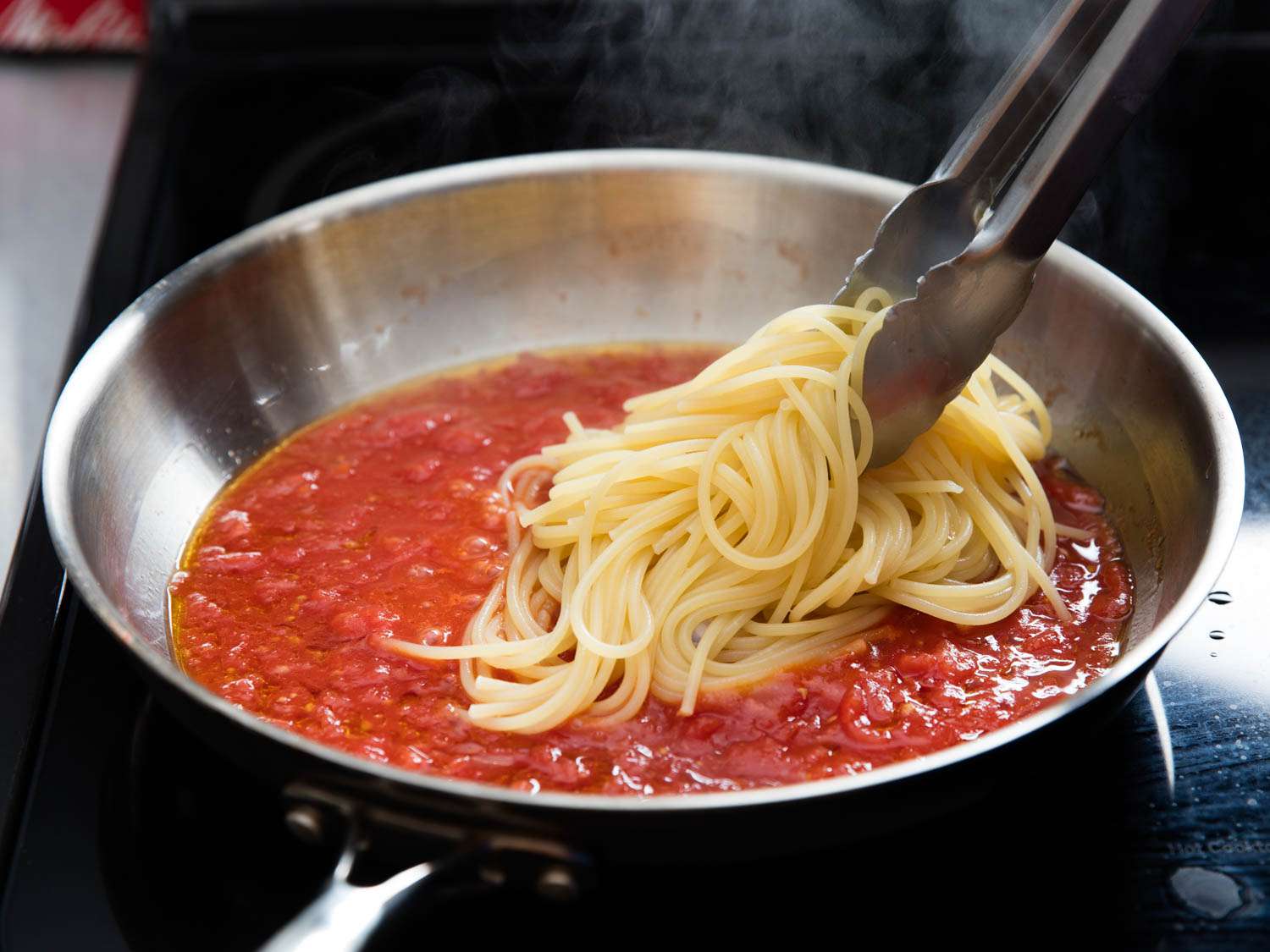
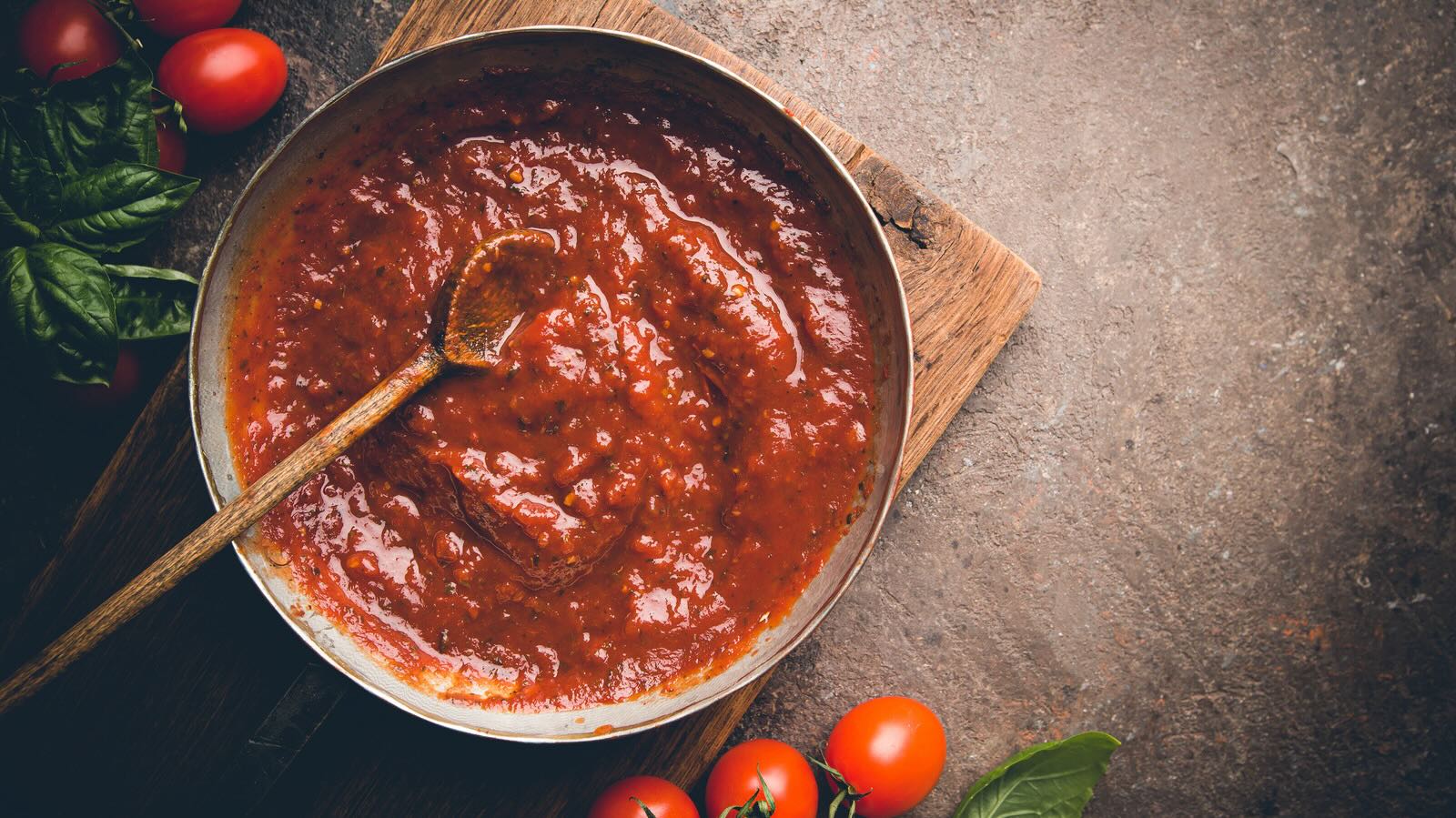
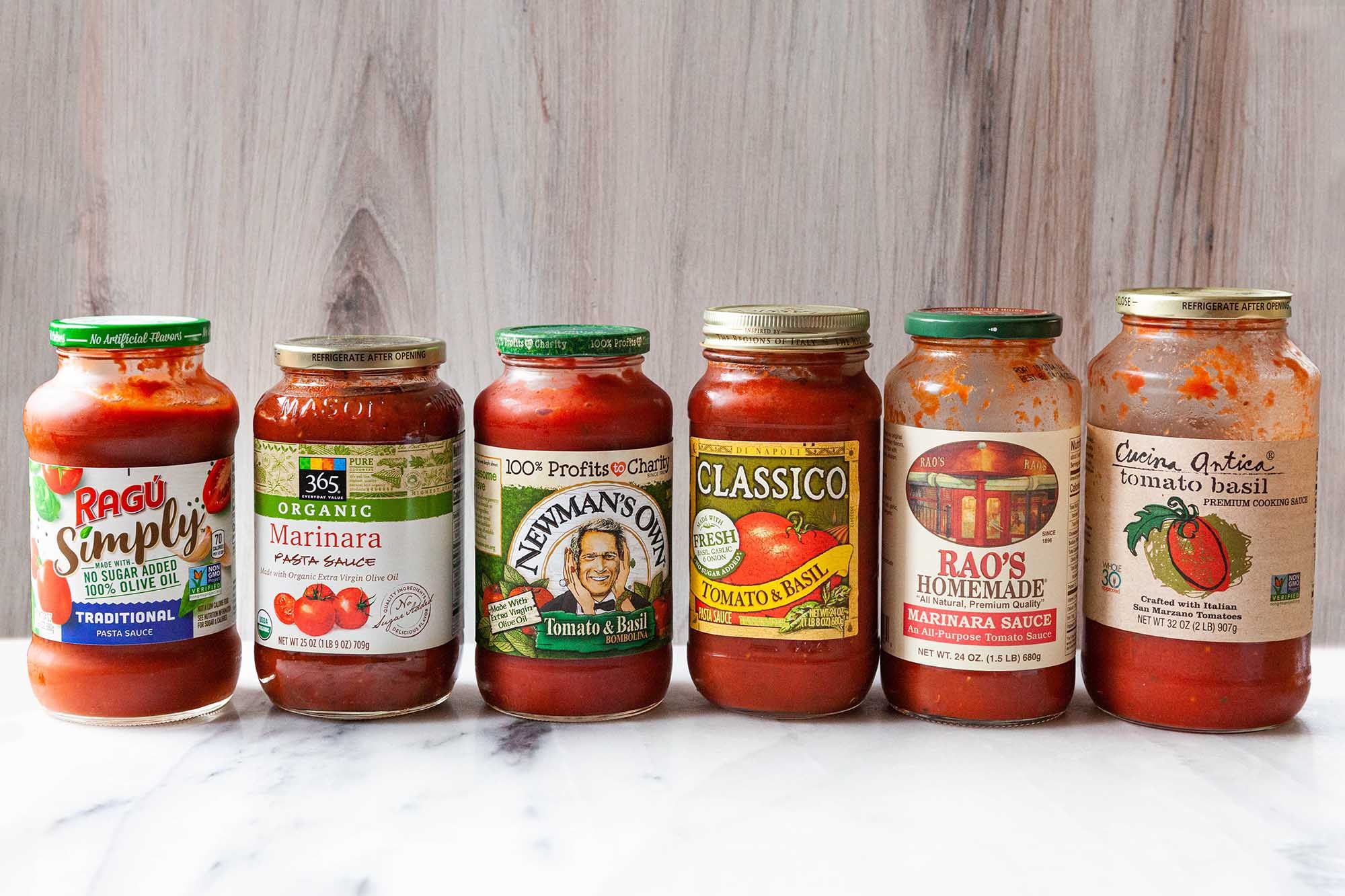
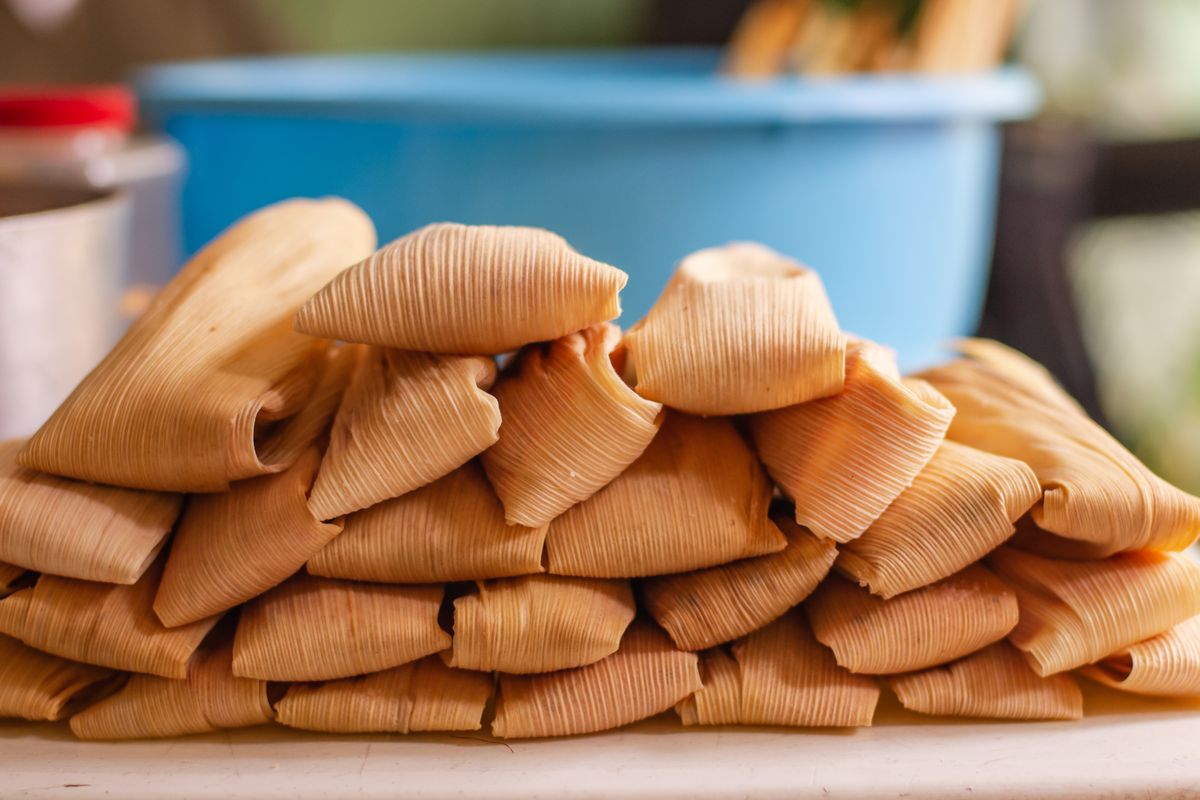
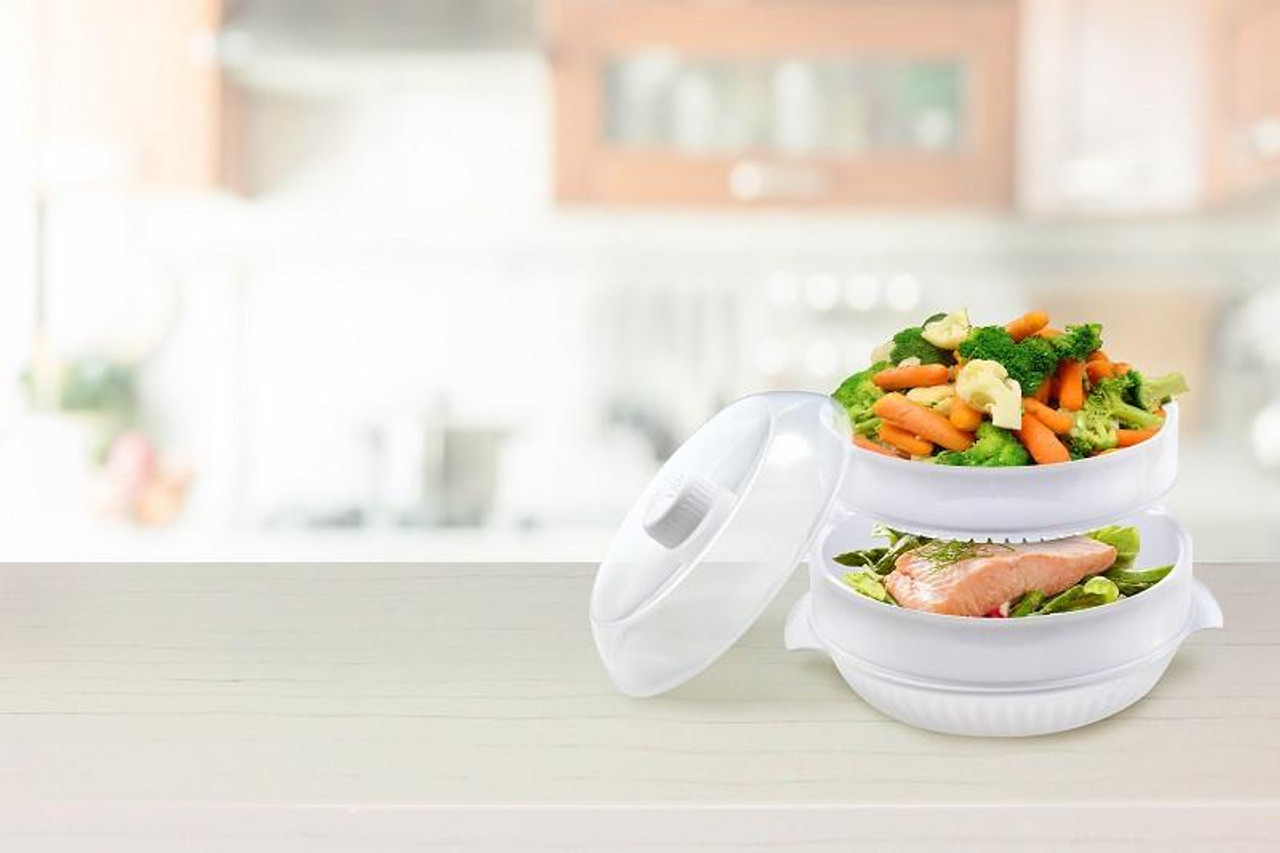

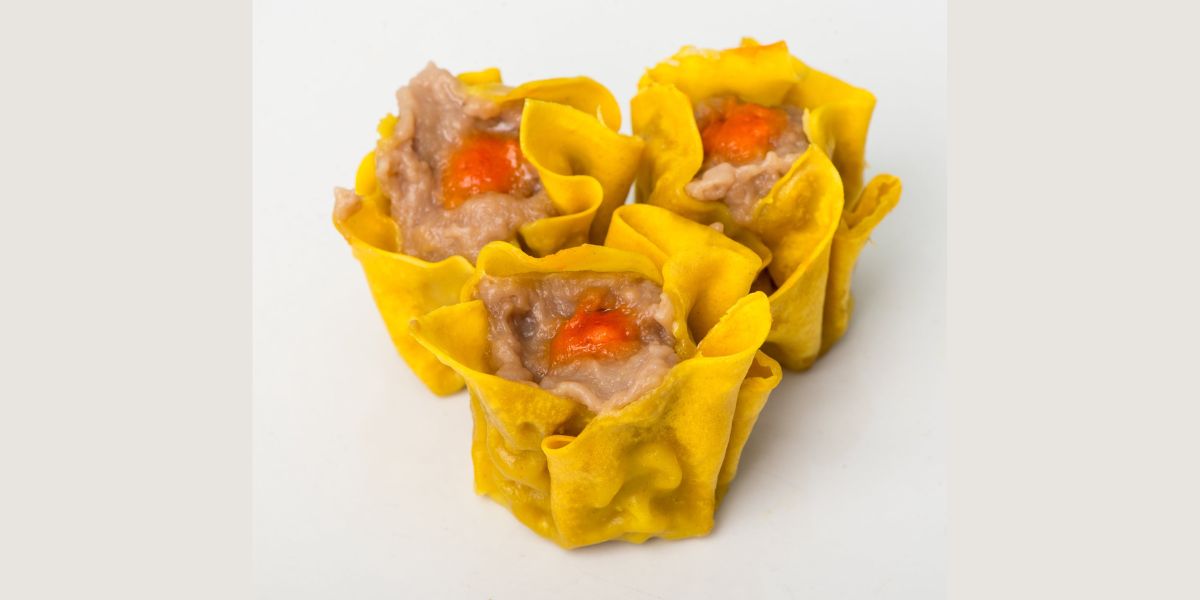
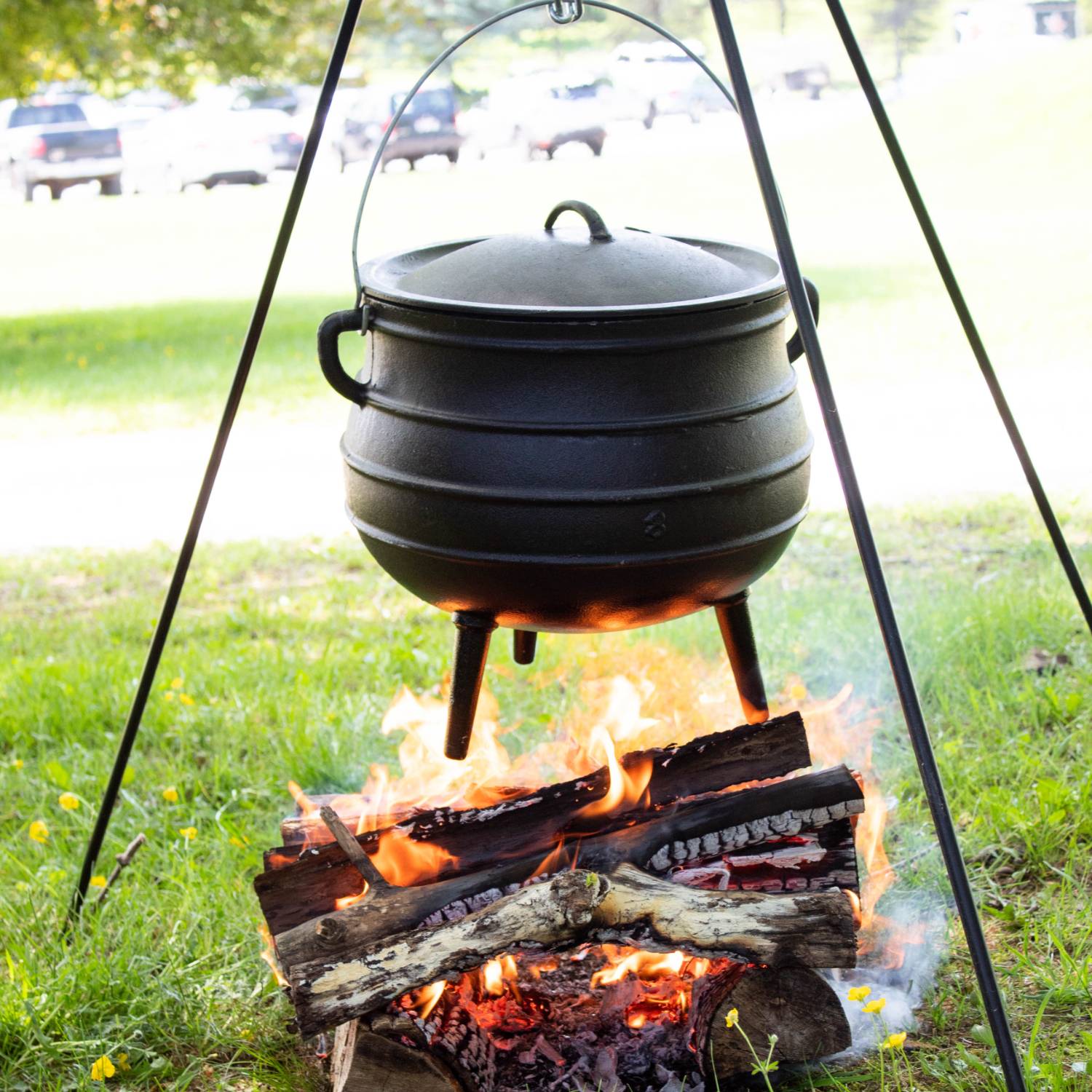
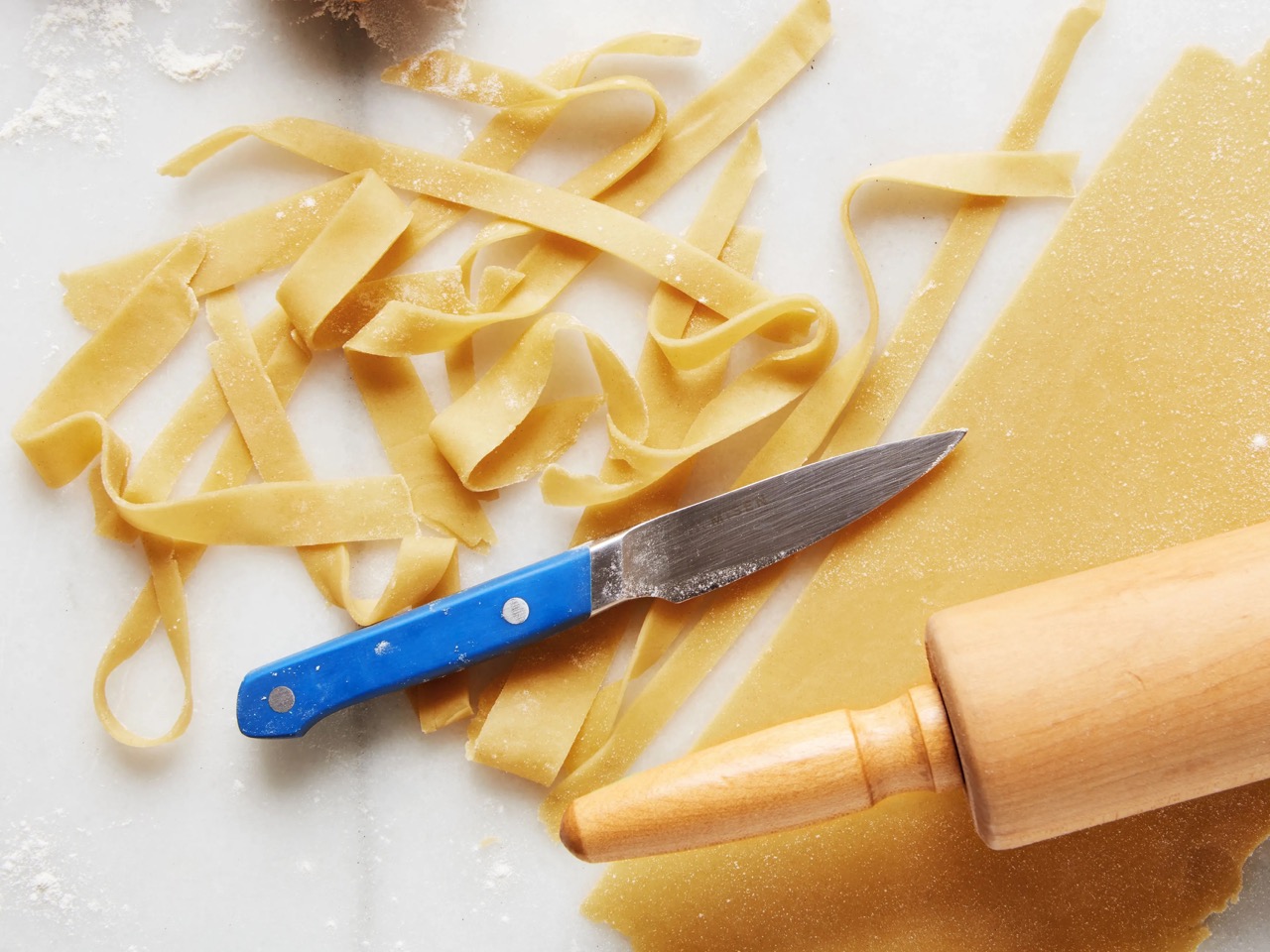

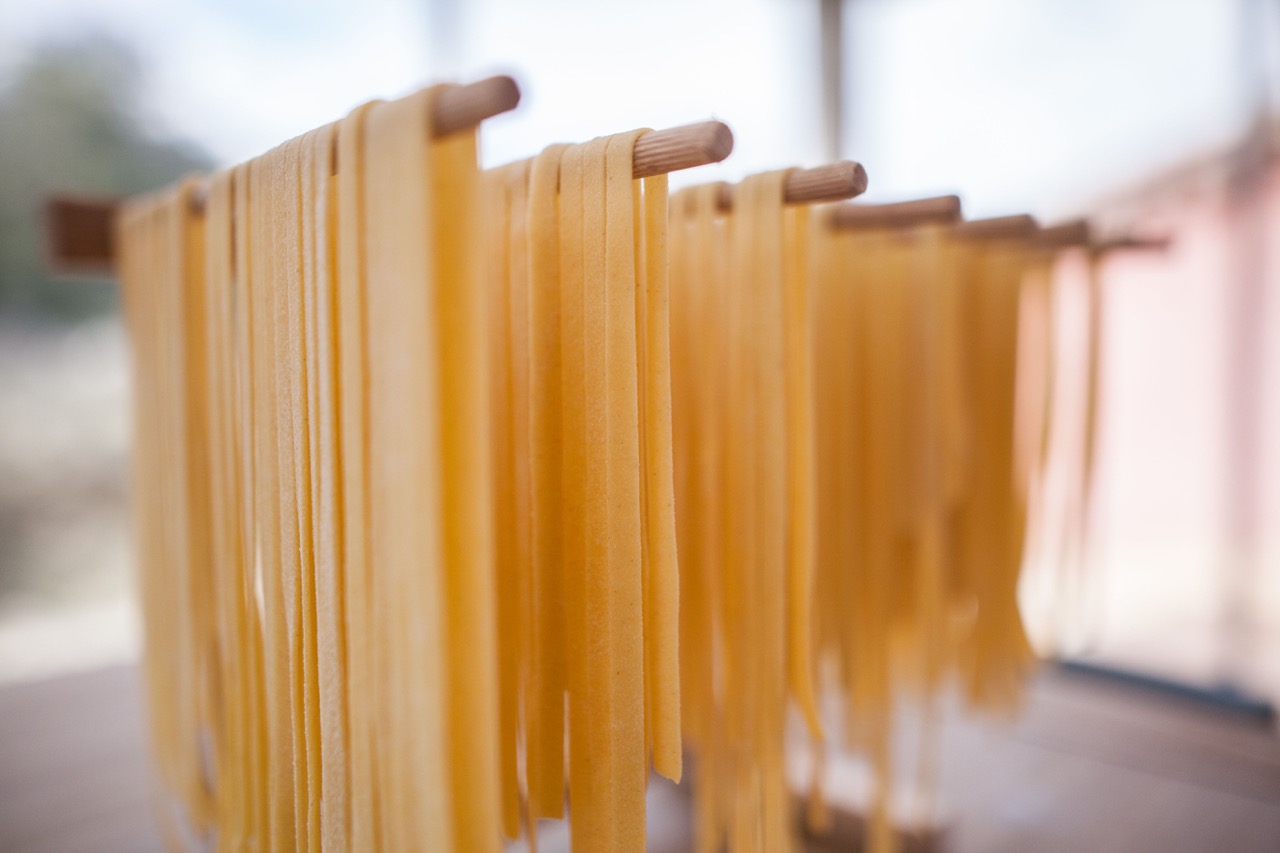

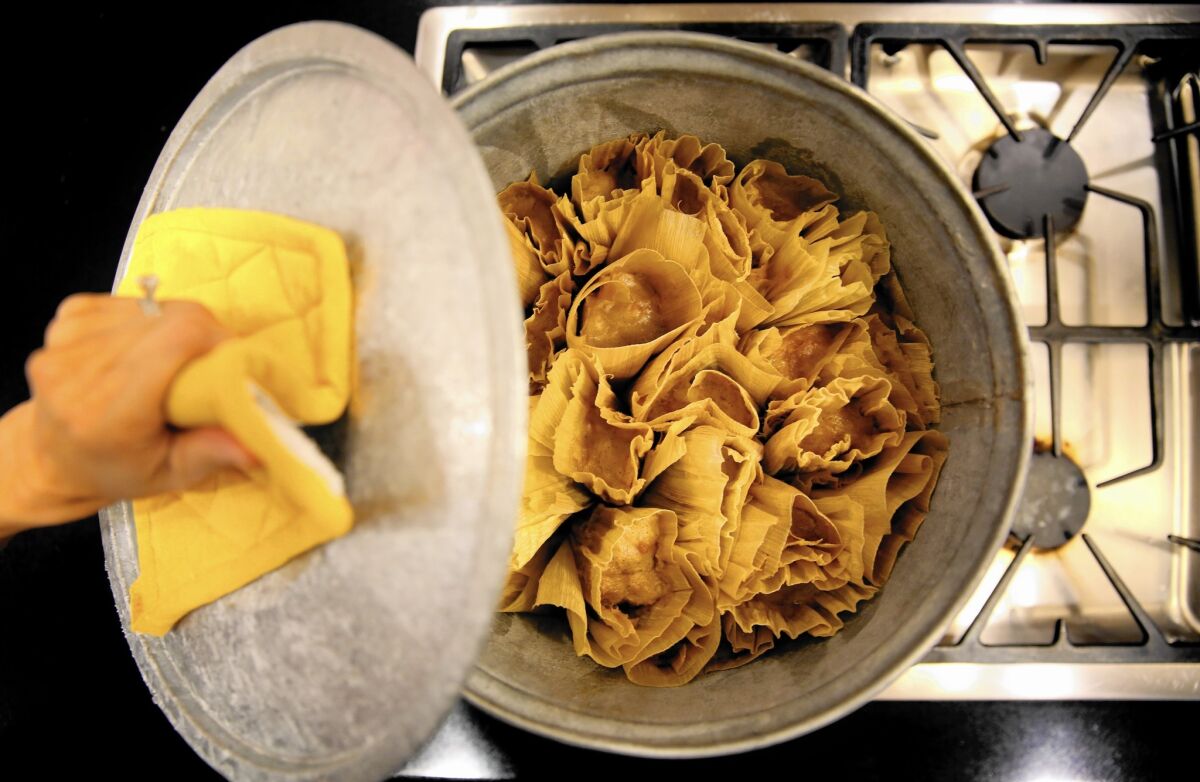
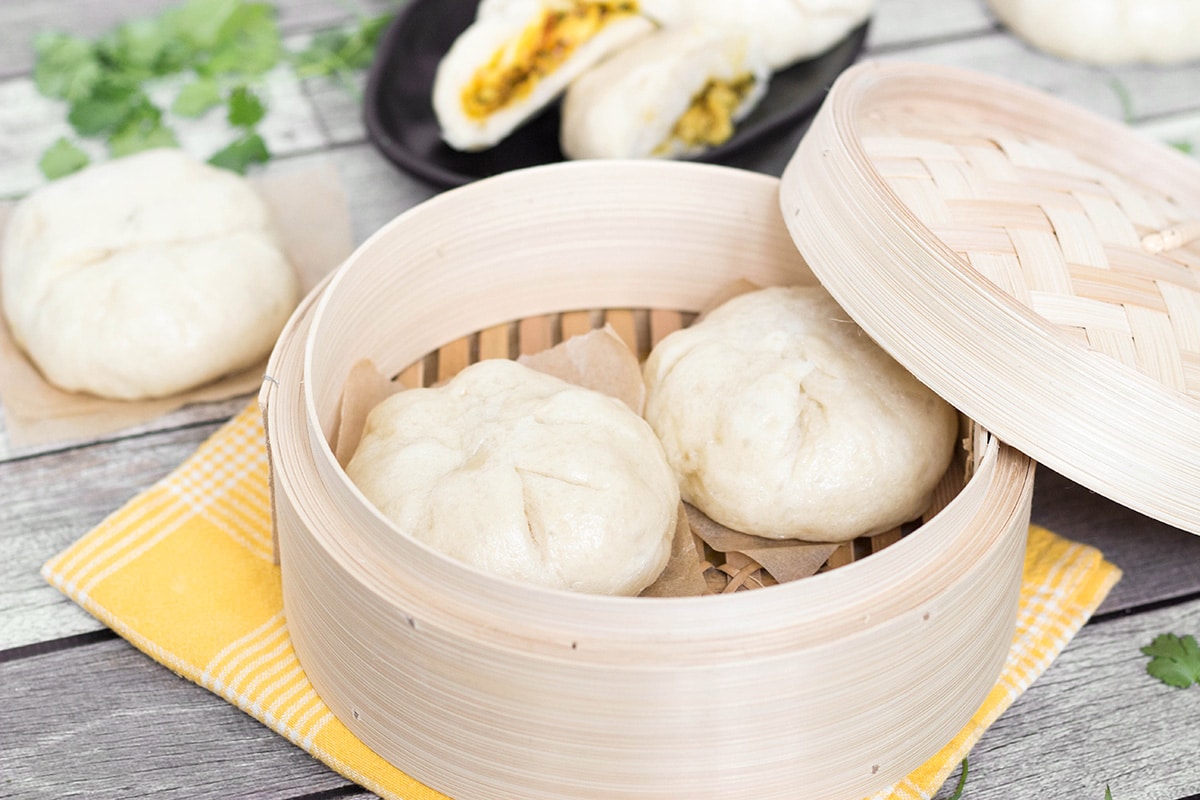

Thanks so much for this, really helpful :-)